Fisheries monitoring allows regulators to collect vital data regarding catches and discards in fisheries. To determine sustainable harvest levels, fishery scientists and managers rely on monitoring data collected at sea and on shore. Without accurate and ethical monitoring it is impossible to properly assess the health of marine stocks and the ocean. Transparency of data is needed to track annual progress, provide recommendations for the years to come and meet federal policy commitments to restore Canada’s oceans.
Monitoring of Trawl Catch
Monitoring bottom trawl catch and bycatch of both commercial and non-commercial species is essential for detecting shifts in marine community structures. Currently Fisheries and Oceans Canada (DFO) has developed a fishery monitoring policy which includes fisher-dependent and independent methods of data collection. These systems include;
- Fisher-dependent methods at-sea and dockside, such as logbooks, hail-ins, hail-outs, sales slips, telephone surveys, and creel surveys [1]
- Fisher-independent methods at-sea and dockside, such as aerial and ground surveillance, designated at-sea observers, onboard cameras and vessel monitoring systems, plant sampling, and designated dockside monitors
What’s an At-Sea Observer?
It is a legal requirement for all commercial bottom trawl vessels to have a method of observing and monitoring on board. DFO works closely with contracted companies to hire at-sea observers to work onboard commercial fishing vessels and collect scientific data on the marine environment and catch. Observers remain on fishing vessels for the entirety of a trip, log all fishing activity, and submit a report to the government post-trip. It is the responsibility of the observer to collect all catch data including;
- Target stock quantity, for example number and / or weight of target species retained and discarded
- Target stock biological characteristics, for example, stock, age, sex, length/weight, flesh colour, marks/tags
- Bycatch and ecosystem impacts, for example quantity of bycatch, retained and discarded, condition of releases, size, sex, age, or length
Photo by Emmie Page (Former Fisheries Observer)
Gaps in the Numbers
The role of an observer requires precision and accuracy when estimating catch numbers. They are often the only way this crucial data is collected and it helps provide key information on species and ocean health.
Catches are commonly inferred or misreported in many fisheries, resulting in inaccurate data that hinders our abilities to assess population status and manage fisheries sustainably. [2]
Although fishing logs are verified once vessels arrive in port, it is hard to determine exact figures of fish that are discarded and how much of the bycatch that survives. Observers can often face life threatening and dangerous conditions once vessels enter international waters and are often subjected to intimidation, assault or even disappearance to write false records.
Photo by Bridget John (Former Fisheries Observer)
It’s Time for Increased Transparency
Observer programs are necessary to ensure better public access to critical information on the state of the marine environment and fish stocks [3]. According to Fisheries and Oceans expectations outlined in policies, decision-making processes should be open and transparent and the public should have access to scientific findings and advice as early as possible [4]. However, less than five per cent of DFO’s scientific publications were released on time. In searching for catch data from the bottom trawl fishery, it was found that information was either extremely difficult to find or is not up-to-date. Some data was not reported at all. In the 2020 Fisheries Audit Report, 72 stocks didn’t have sufficient data to even assign the species a health status [4].
To ensure transparent and effective monitoring on bottom trawl vessels, the current fisheries observer program needs to be revamped to allow for increased accuracy. Fishermen and quota owners need to be held accountable for catches and the impacts that their fishing method has on our coastal environments.
Sources
- [1] Fisheries and Oceans Canada Monitoring Policy
- [2] Rudd, Merrill & Branch, Trevor. (2016). Does unreported catch lead to overfishing?. Fish and Fisheries. 18. 10.1111/faf.12181.
- [3] Fisheries Observers are Human Rights Defenders on the World’s Oceans
- [4] Oceana Fishery Audit

